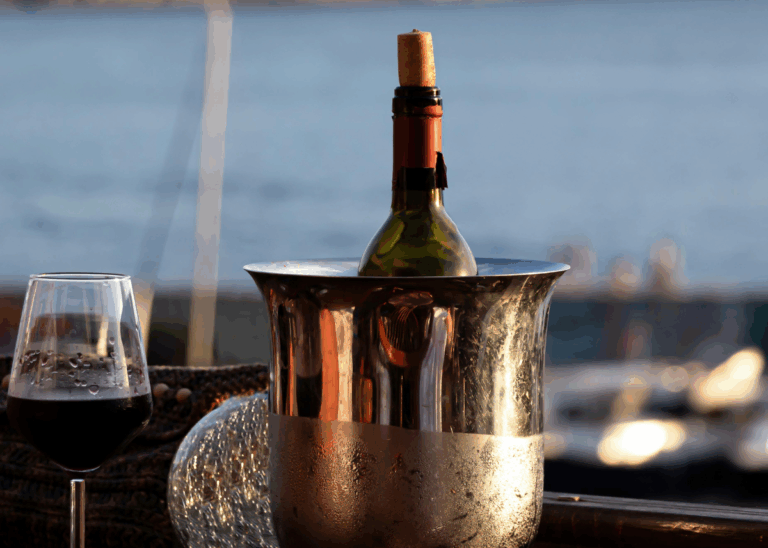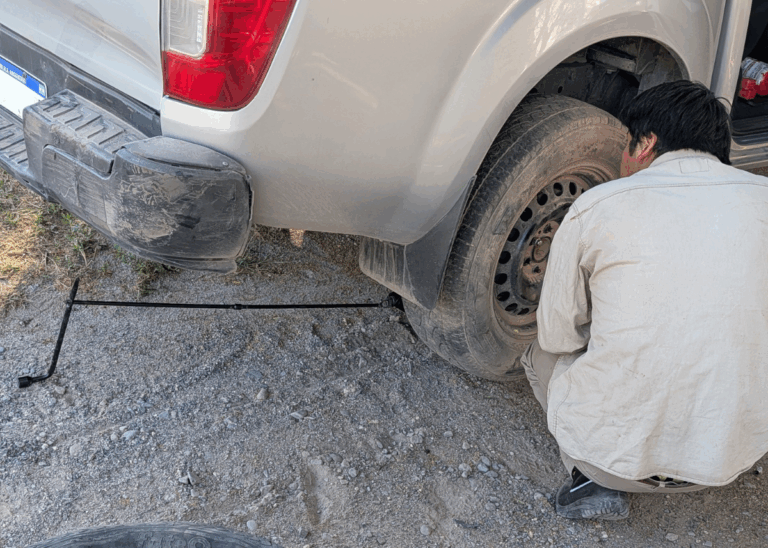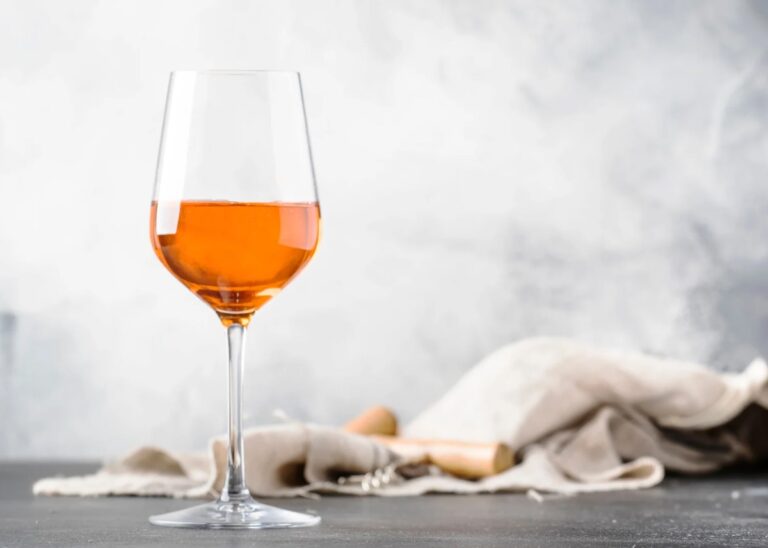[et_pb_section fb_built=”1″ _builder_version=”4.16″ _module_preset=”default” global_colors_info=”{}”][et_pb_row _builder_version=”4.16″ _module_preset=”default” global_colors_info=”{}”][et_pb_column type=”4_4″ _builder_version=”4.16″ _module_preset=”default” global_colors_info=”{}”][et_pb_video _builder_version=”4.23.1″ _module_preset=”default” width=”75%” width_tablet=”85%” width_phone=”100%” width_last_edited=”on|phone” module_alignment=”center” global_colors_info=”{}” src=”https://youtu.be/8xcU5g0TClY” hover_enabled=”0″ sticky_enabled=”0″][/et_pb_video][et_pb_text _builder_version=”4.23.1″ _module_preset=”default” hover_enabled=”0″ global_colors_info=”{}” sticky_enabled=”0″]
Transcript:
00:00:00:00 – 00:00:30:06
Hello, bonjour, and welcome to your new Bonner Private Wines video, your infinite source of wine information, education and of course, wine tasting pleasure with our delicious wine selections from the club. You know, wine is extremely diverse in taste, right? And flavors. We discuss it all the time here on this channel. You know also that it can have many different colors red, white, rosy, pink, purple, almost black.
00:00:30:12 – 00:01:23:10
We’ve talked about blue wine here before. Yes, and even. I made a video for you about the trendy orange wine. Well, today, I want to tell you about green wine. Yes. Or how the world of wine is getting greener every day. Do you know that wineries, even today, are already having to adapt to climate change? Let’s explain. And as you probably know, agriculture used to be quite wasteful just a few decades ago, and it was particularly the case for viticulture and winemaking.
00:01:23:10 – 00:02:10:10
Wine has always had an image of a fairly natural product, and in all fairness, it kind of was compared to many processed foods or beverages formed throughout the 1980s, the nineties, the 2000s. But behind the scenes, vineyards and wineries weren’t that eco friendly. Just as a telling example, when I was studying winemaking and viticulture at university in France from 20 years ago, we were taught the viticulture grape growing despite covering about only 10%, I think it was of the land used in agriculture in France was using about half of the pesticides and other chemicals farmers used to crop food produce around the country.
00:02:10:12 – 00:02:43:11
Growers could afford to spend that much because grapes are a valuable crop and wine can be quite expensive and because vines are quite fragile, fragile and they get attacked by many diseases. But now this is all rapidly changing. Regulations are evolving. Consumers demand greener products indeed, and growers realize they are better off respecting their land more, including because it often makes better wine.
00:02:43:11 – 00:03:24:11
So let’s discuss two ways wineries and vine growers use to make their wine greener and better. If you walked through vineyards 20 years ago, most used to look like dry areas with vine rows on top of it. Now you often see lavish grass and various species of plants between the rows, especially through winter and spring, often even flowers.
00:03:24:13 – 00:03:58:16
These are beautiful. Those are called cover crops. You might even notice that there are more hedges as well around the vineyards. Also planted with a variety of species. Beautiful flowers too sometimes, and that’s because biodiversity around the vines allows the hosting of various insect to animals that prey on vine pests and naturally help vineyards remain healthy. Cover crops are better also than having to kill all the wood weeds with herbicides.
00:03:58:16 – 00:04:33:20
They’re pretty, it makes us happy, and nature happy as well. And some say the grapes that you produce that may have more flavors too, are also better. So you end up with better wine. All those sense of flowers around the vineyards, well, they help. Spraying vines is, more often than not, necessary; a protection against all sorts of pests, fungi and insects that compromise grape quality and yield.
00:04:33:22 – 00:05:06:22
But spraying is pretty bad. It introduces chemicals in the environment, it kills the natural biodiversity, including those good insects and microorganisms. It destroys, if you wish, the natural balance. It burns quite a lot of diesel too. So it’s expensive. The less you spray, the better. With technology, with accurate surveillance and tracking of exactly when in the growing season a particular pest arrives in an area,
00:05:06:22 – 00:05:47:10
growers now have intelligence networks of data and information, a collaborative approach known as an integrated pest management IPM then allows them to spray much less now only when absolutely necessary. And when you do have to spray, many choose to do so using organic products that are less chemical and friendly to the environment, like using sulfur or copper or other alternative natural products.
00:05:47:10 – 00:06:23:24
What’s called the principle of biodynamics even go as far as spraying plants like camomile extracts or needles. Nettles, Nettles, not needles. Times when vine growers used to spray their soils with nitrates and other sorts of chemical minerals are virtually over, at least in the more advanced wine countries. Those end up in our drinking water and it’s absolutely terrible.
00:06:23:24 – 00:06:59:19
Instead, healthy soils that are full of nutrients are obtained using natural animal manures incorporated into the soils. Also, if you plow those cover crops that we talked about before into the soil in spring, you also introduce more nutrients, the worms and life all back into the service life that in turn feeds the vines. And again, most growers know that you make better wines this way, much better than spraying all sorts of chemicals on the soil.
00:06:59:21 – 00:07:36:13
So that’s a strong incentive to subscribe to those practices. And when your soils are healthier, you want your vines to get their water and nutrients from those healthy soils rather than just from drips from irrigation. You can encourage vines to dig deep and get their root systems down, where is the underground water. The plowing helps here as well and you use less watering, less irrigation.
00:07:36:13 – 00:08:28:01
Wineries also used to waste tons of water for cleaning the wine and cleaning the tanks, the winemaking and bottling equipment, etc.. Now most wineries closely monitor how and where exactly they use their water and they have precise water conservation programs, and there are tons of sustainable viticulture or organic viticulture or biodynamic viticulture certifications. Now, to those help, not only certified producers comply with certain rules, which in itself is pretty good, but more importantly, it helps them educate their staff, optimize and control their processes better because they have to look at it really closely and precisely.
00:08:28:06 – 00:08:58:10
And rather than doing things out of bad habits, they do things to the book by the book and it’s a lot better. It’s a self-imposed discipline, but often valued by consumers as well. You can put this little sticker and it’s a good thing. And bigger, heavier, thicker glass bottles often give a more premium feel to a bottle of wine.
00:08:58:10 – 00:09:35:04
Traditionally, only expensive wines had big, heavy bottles because a dollar or two worth of additional glass put into the container doesn’t matter to a $100 bottle. So you might as well throw all the expensive packaging in the world to make it look expensive. The problem is you’ve made all these efforts in the vineyard to be eco friendly and you dump it all out of the window by having to ship freight and fly all this unnecessary glass around the globe burning fossil fuels.
00:09:35:04 – 00:10:07:19
So more and more wineries are more careful. Now as a consumer, remember then, the weight of the bottle is not what makes a wine taste good. So many wineries have understood that and they go with thinner glass, even though it doesn’t feel maybe as good or premium. But what matters is the wine inside. This one is a fairly easy one when you’re in a sunny area.
00:10:07:19 – 00:10:32:15
We’re the vineyards are generally located well, it’s quite easy to stick a few solar panels onto the roof. Winery workers only operate during the day so you can match their power production and most of the cellar cooling and extension is only necessary in summer when there’s plenty of sun. So it’s profitable and eco friendly. So wineries might as well.
00:10:32:15 – 00:11:17:10
And they do. Yes. Climate change poses significant challenges to viticulture and sustainable practices include strategies to adapt. Looking towards the future, it takes a lot of time to establish a vineyard or change a vineyard. So it’s necessary. You can select drought resistant grape varieties, for example, in an area that used to grow more merlot or Cabernet Sauvignon than Pinot Noir, for example, You can plant grapes that are more from the south of France, for example, like Grenache or carignan that don’t need quite as much water and they enjoy more heat as well.
00:11:17:10 – 00:11:53:09
So vineyard layouts can also help reduce the impact of extreme weather events. You can lay out your vineyards a bit better or implementing those water saving measures that we previously discussed. And sustainable viticulture often extends beyond environmental concerns, as vineyards and wineries are generally located in rural areas or less populated areas. And they represent a significant part of the local economy in those regions.
00:11:53:09 – 00:12:36:07
Fair labor practices and engagement in the community helps wineries and vine growers secure hands. People to do all of the hard work that is involved in making wine so better workers also make better wines, that’s for sure. It’s proven we’re not just assembling cars or machines here. We’re making a divine beverage. And here you have it. I wanted to make this video to show you how deep and how far reaching what appears to be a small change in how producers make their wine, how they just approach the main way they make their wine a small shift.
00:12:36:09 – 00:12:58:01
How much of an impact making a wine more environmentally friendly can have? Making green wine or greener wine, I should say, is not just a gimmick. It’s not just a way for wine to say my wine is respectful of the environment. As a matter of fact, a bottle of wine is the product of a fairly large surface of earth.
00:12:58:01 – 00:13:24:04
You need a big piece of land to make a bottle of wine, and a lot of people are involved in its production. So a small change in how you approach the production of this bottle can indeed have a very significant impact on the environment and the community. Most producers are aware of this and that’s why they’re often really keen to engage in this process in wine.
00:13:24:06 – 00:14:01:21
While wine getting greener every day. If you enjoyed this video, share it with somebody you think might be interested. It helps us grow the channel and make more videos like this for you, so don’t feel free to share it broadly. We appreciate it. Take care and I will see you soon in the wonderful world of wine. Cheers.
[/et_pb_text][/et_pb_column][/et_pb_row][/et_pb_section]



